leaf veins
straw_dog
17 years ago
Related Stories
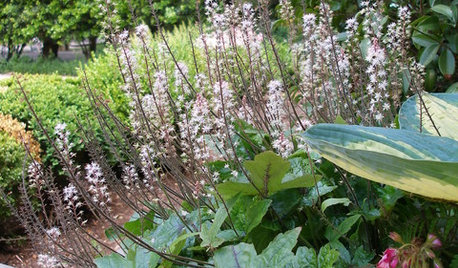
GARDENING GUIDESGreat Design Plant: Foamflower Cushions Shady Garden Areas
Try evergreen ground cover Tiarella cordifolia for a soft look all year — one the rabbits and deer won’t mess with
Full Story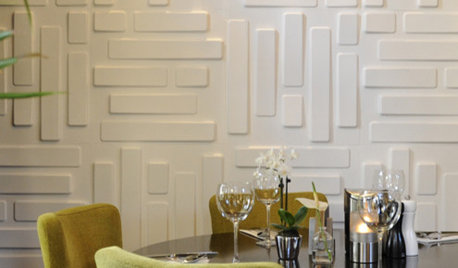
MATERIALSUnexpected Style for Your Wall
Go Beyond Paint and Paper with 3D, Plaster, Copper, Tile, Marble and More
Full Story
FALL GARDENING7 Reasons Not to Clean Up Your Fall Garden
Before you pluck and rake, consider wildlife, the health of your plants and your own right to relax
Full Story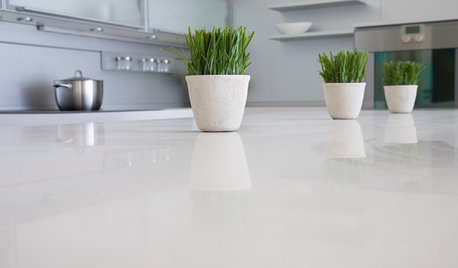
KITCHEN DESIGNKitchen Counters: Stunning, Easy-Care Engineered Quartz
There's a lot to like about this durable blend of quartz and resin for kitchen countertops, and the downsides are minimal
Full Story
TREES11 Japanese Maples for Breathtaking Color and Form
With such a wide range to choose from, there’s a beautiful Japanese maple to suit almost any setting
Full Story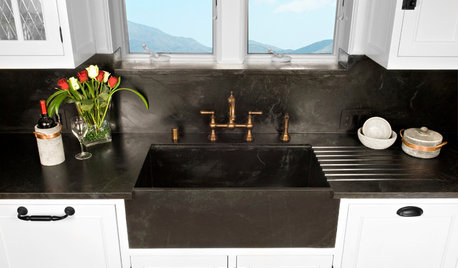
KITCHEN DESIGNKitchen Sinks: Soapstone for Germ-Free Beauty and Durability
Stains and bacteria? Not on soapstone's watch. But this sink material's benefits don't come cheap.
Full Story
CONTAINER GARDENSContainer Garden Basics: How and When to Water Potted Plants
Confused about soil moisture, the best time to water and what watering device to use? This guide can help
Full Story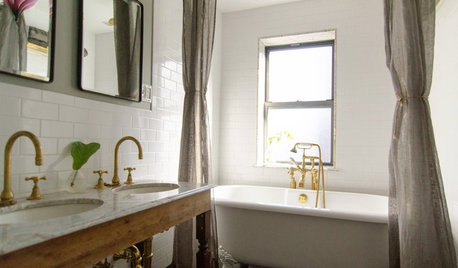
REMODELING GUIDESRoom of the Day: Brass Warms a Brownstone Bathroom
Forget trends. This owner chose unlacquered brass and repurposed pieces for love alone
Full Story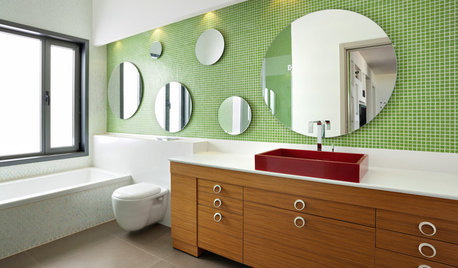
COLORBathed in Color: When to Use Green in the Bath
Splash some spring-conjuring green paint, tiles or accessories around your bathroom for natural appeal
Full Story
GARDENING GUIDESHow to Keep Your Citrus Trees Well Fed and Healthy
Ripe for some citrus fertilizer know-how? This mini guide will help your lemon, orange and grapefruit trees flourish
Full Story





Dena6355
straw_dogOriginal Author
Related Professionals
New Bedford Landscape Architects & Landscape Designers · Roosevelt Landscape Architects & Landscape Designers · Alpharetta Landscape Contractors · Bristol Landscape Contractors · Cudahy Landscape Contractors · Duarte Landscape Contractors · Methuen Landscape Contractors · New Providence Landscape Contractors · Newnan Landscape Contractors · Paramount Landscape Contractors · Pleasant Hill Landscape Contractors · Shoreview Landscape Contractors · The Woodlands Landscape Contractors · University City Landscape Contractors · Whitehall Landscape ContractorsFleur
Dena6355
Fleur
straw_dogOriginal Author
Fleur
Dena6355
Dena6355
straw_dogOriginal Author
garden_chicken
Dena6355
straw_dogOriginal Author
Dena6355
straw_dogOriginal Author
Dena6355
straw_dogOriginal Author
straw_dogOriginal Author
garden_chicken
straw_dogOriginal Author
dian2
Dena6355
dian2